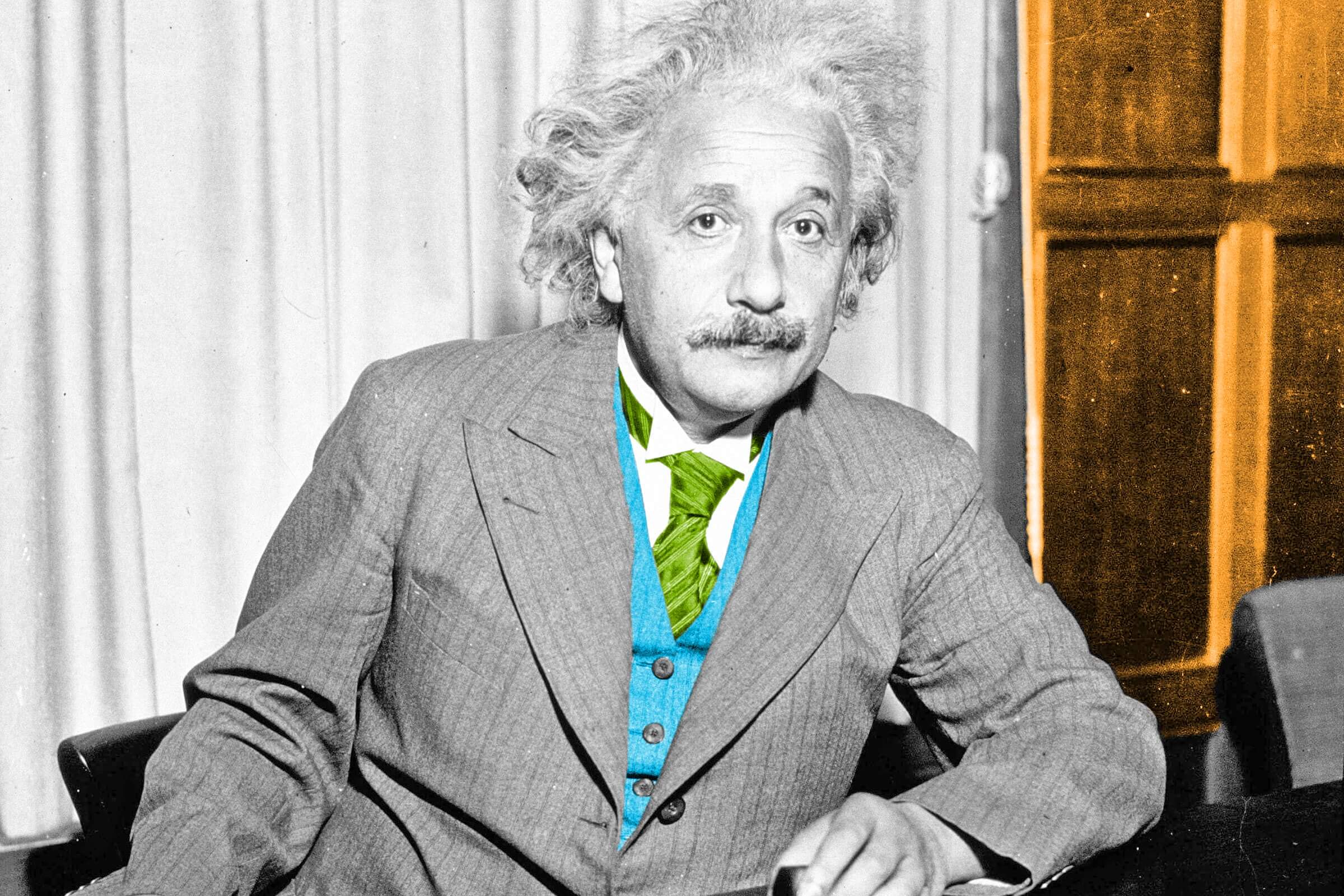
Dunce caps were named for a famous philosopher.
Although his name draws scant recognition from most today, John Duns Scotus was among the towering intellectual figures of medieval Europe. A Scottish Catholic priest and Franciscan friar, Scotus earned renown in the late 13th and early 14th centuries for his compelling arguments regarding the univocity of all creatures — i.e., humans are beings just as God is a being — and for his defense of the immaculate conception of the Virgin Mary. His academic achievements earned him the prestigious post of regent master of theology at the University of Paris, while his scrupulous reasoning yielded the nickname “Doctor Subtilis” — the Subtle Doctor.
However, by the late 16th century, Europe’s rising humanist movement had taken aim at the old-fashioned rationale of the Scotists, and the Dunsmen (also known as the Duns), as his followers were known, were derided as outdated and overly pedantic. Eventually, the term “dunce” came to refer to someone who was slow or dim-witted. It’s not entirely clear exactly when dunce caps came on the scene, but they may have been modeled on the fools’ caps worn by jesters or clowns, and by 1791 they were being put on the heads of British schoolchildren who had made too many mistakes in class or otherwise misbehaved. (Some accounts say the Subtle Doctor and his followers actually wore such hats themselves because they believed the conical shape would capture free-flowing knowledge, but evidence is lacking.)
Whether adorned with a telltale “D” or other embellishments like donkey ears, the dunce cap served as a common if crude form of punishment across European and American schools in the 19th and early 20th centuries. Although it largely disappeared from the American education system by the 1950s, the concept survives in popular culture as a visual shorthand for stupidity. But don’t feel too bad for Scotus. He was beatified by Pope John II in 1993, and renewed interest in his works in recent years has reaffirmed the decidedly non-dunce-like essence of his brain-twisting logic.
While students have dutifully heeded instructions to don their thinking caps for generations, even the dunces among us grasp the concept of its existence being metaphorical as opposed to physical. In recent years, however, a team led by Vanderbilt University psychologists has developed something resembling a real-life thinking cap designed to stimulate and measure brain activity. This futuristic-sounding piece of headwear is actually just a cloth EEG cap fitted with tin disks. After electrodes are attached to a subject’s head and face, through which mild electrical currents are applied, the disks record brain waves as the subject undertakes a learning task. Early rounds of testing have shown that subjects learn faster when a current is directed from the top of the head to the cheek, with the effects of this stimulation lasting for about five hours. While it’s highly unlikely this electrical setup will appear in elementary school classrooms any time soon, its proponents have suggested that the caps could provide a boost to people suffering from neurological disorders or brain injuries.

